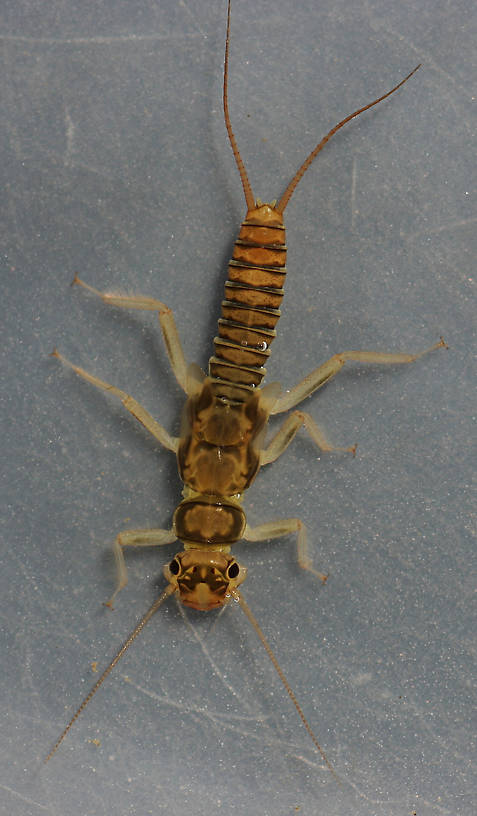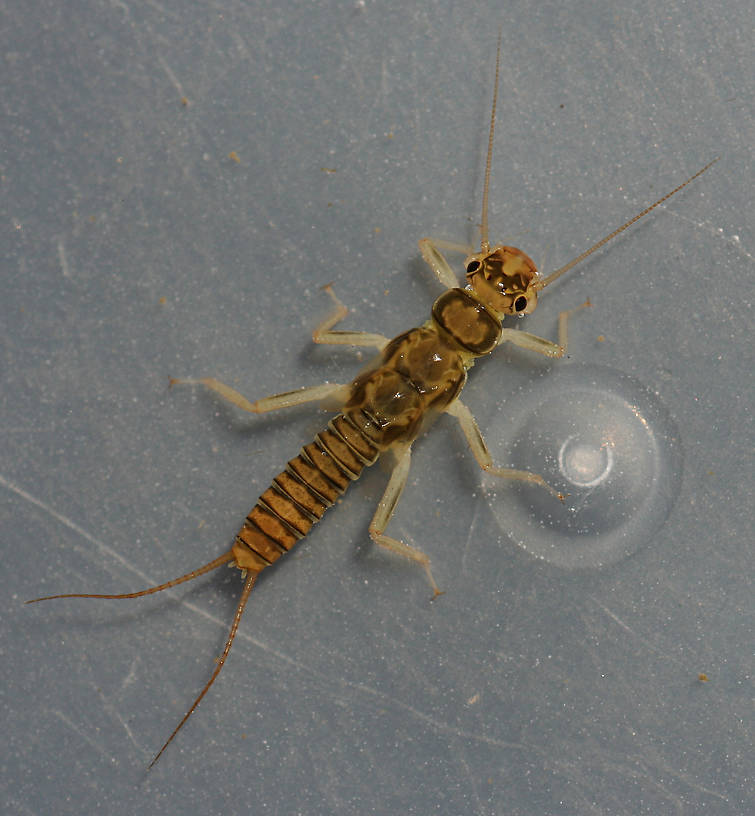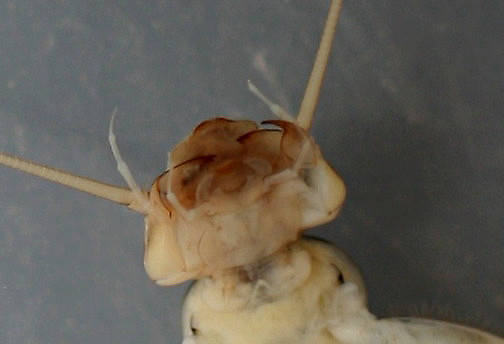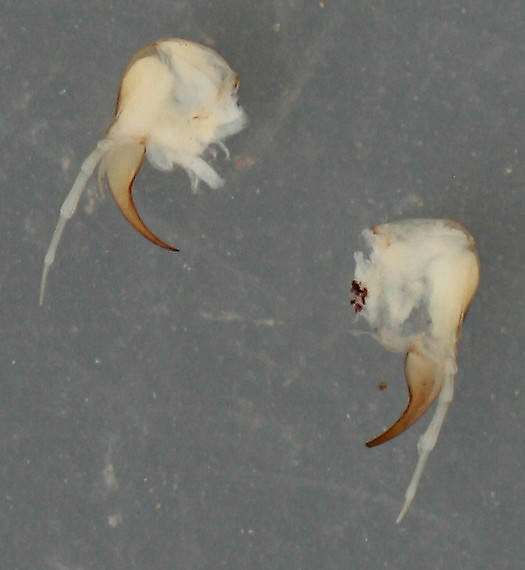Blog & Latest Updates
Fly Fishing Articles
Insects by Common Name


> > Kogotus / Rickera


| Millcreek | May 28th, 2016, 10:03 pm | |
| Healdsburg, CA Posts: 356 | I found this one in the Russian River on a substrate of gravel and cobble in a glide. It's rarely collected in this part of the river. I've found two of them so far. Collected on the 26th of April. Overall length is 15 mm excluding the cerci. Originally had the genus and species at Rickera sorpta using Stewart and Stark's "Nymphs of North American Stonefly Genera (Plecoptera)"and Stewart and Stark's "Nymphs of North American Perlodinae Genera (Plecoptera; Perlodinae)". https://journals.lib.byu.edu/spc/index.php/wnan/article/viewFile/29199/27662 However when I submitted it to Bugguide I found out that it is referred to as Kogotus/Rickera. I'll let the following serve as an explanation. Kogotus vs. Rickera | |
| Entoman | June 3rd, 2016, 4:06 pm | |
| Northern CA & ID Posts: 2604 | Hey Mark, Excellent thread.. Love to hear about the method for raising Stonefly nymphs. I've never had much luck at it so it would be very helpful. I'm assuming it will also work for mayfly clinger nymphs where it would be beyond very helpful! | |
| "It's not that I find fishing so important, it's just that I find all other endeavors of Man equally unimportant... And not nearly as much fun!" Robert Traver, Anatomy of a Fisherman | ||
| Millcreek | June 3rd, 2016, 10:10 pm | |
| Healdsburg, CA Posts: 356 | Kurt - Since I only found a couple of these nymphs, rearing them didn't seem practical, however here is a link to an article by these guys on stonefly rearing. http://www.safit.org/MemberDocs/Vol2No3_4.pdf Article starts on page 4. | |
| Troutnut | July 29th, 2019, 3:57 pm | |
Administrator Bellevue, WAPosts: 2737 | I'm bumping this interesting thread because I'm trying to identify a "Kogotus/Rickeri" that turned up abundantly in my samples from a small stream in Washington. Edit: Nevermind. I got an adult from the same date/site that keys to Kogotus nonus, so I'm assuming the nymphs are the same. It's still an interesting post, anyway. | |
| Jason Neuswanger, Ph.D. Troutnut and salmonid ecologist | ||
Quick Reply
You have to be logged in to post on the forum. It's this easy:
Related Discussions
| Title | Replies | Last Reply |
| Re: Kogotus / Rickera and Isoperla mormona pictures In the Photography Board by Millcreek | 4 | May 11, 2017 by Millcreek |
| Re: Calineuria californica and Hesperoperla pacifica (3 more) In the Photography Board by Millcreek | 1 | Jan 30, 2016 by Martinlf |
| Re: Interesting clinger species In the Identify This! Board by CalebBoyle | 7 | Mar 31, 2007 by GONZO |
| Capnia umpqua (2 more) In the Photography Board by Millcreek | 0 | |
| Re: Nixe species (kennedyi?) (2 more) In the Identify This! Board by Millcreek | 4 | Sep 27, 2014 by Millcreek |
| Re: Isoperla nymphs (2 more) In the Photography Board by Millcreek | 6 | Sep 4, 2014 by Oldredbarn |
| Suwallia sp. In the Photography Board by Millcreek | 0 | |
| Re: larvae vs nymph In the Identify This! Board by Billq | 7 | Nov 5, 2018 by Wbranch |
| Re: Short grayling fishing trip on Nome Creek In Site Updates by Troutnut | 6 | Jun 29, 2013 by Jmd123 |
| Re: How many flies? In Fly Tying by FisherOfMen | 4 | Jan 7, 2012 by FisherOfMen |
Troutnut.com is copyright © 2004-2024 Jason
Neuswanger (email Jason). See my FAQ for information about use of my images.
 privacy policy
privacy policy




